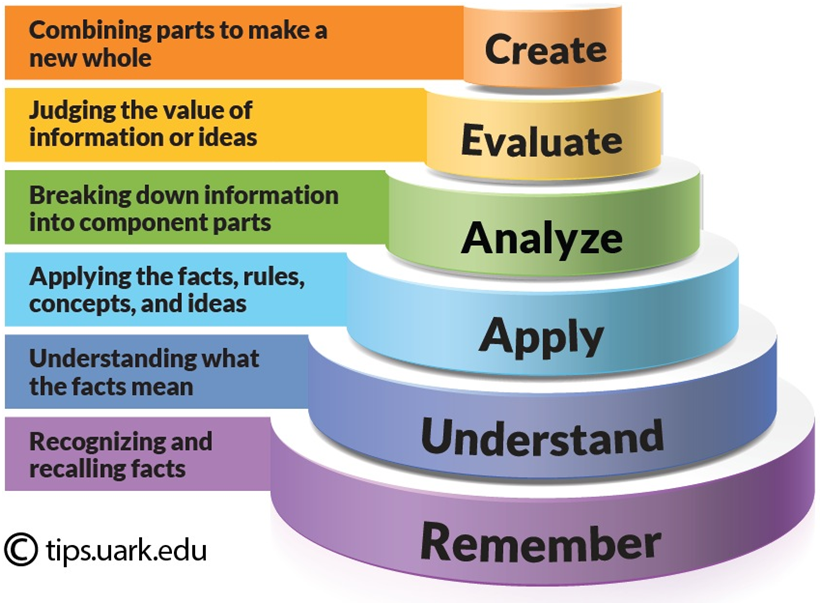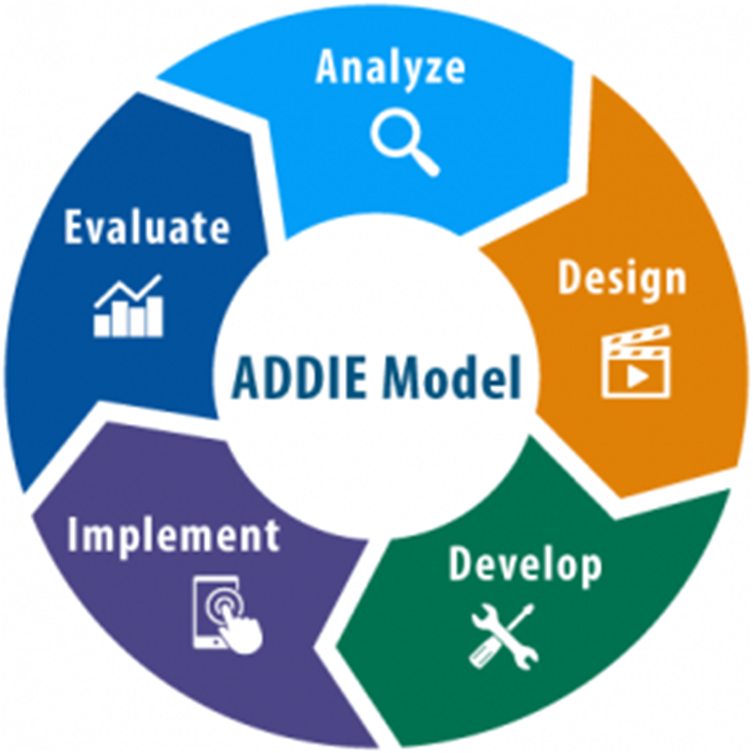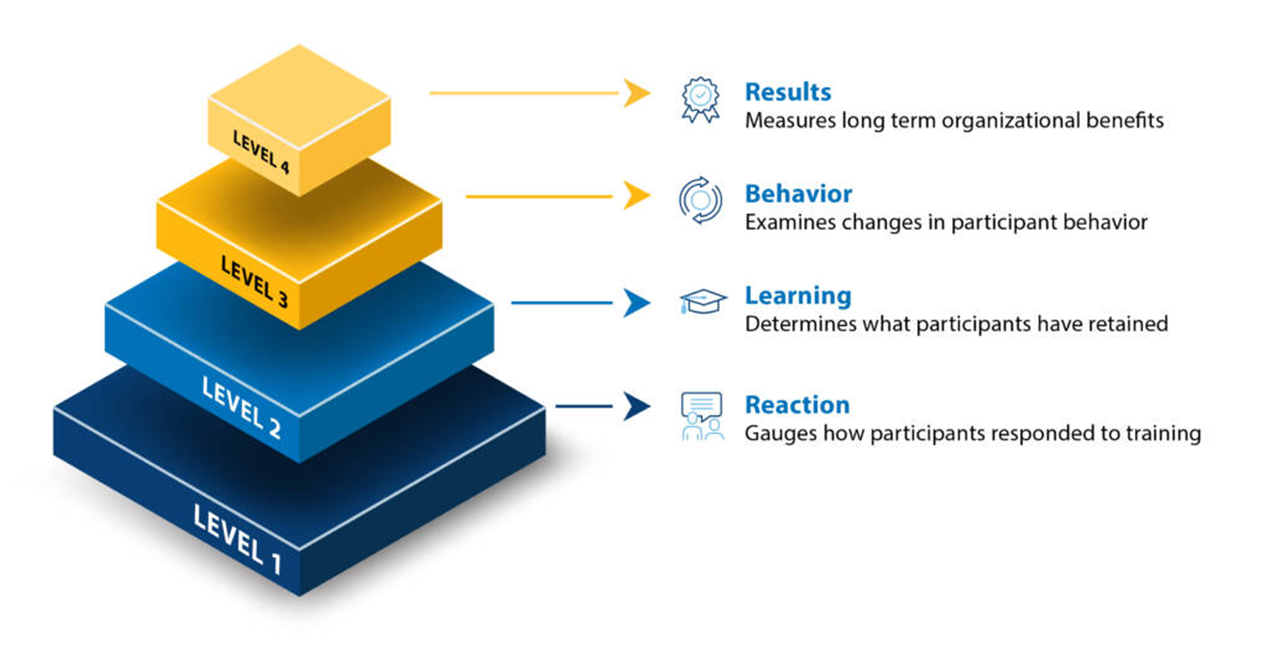Instructional Frameworks Every Educator Should Know
Getting people to learn and retain knowledge can be a challenge. According to the Curve of Forgetting, there is a steep drop in memory retention within the first few days after learning. As time goes on, research shows that learners forget an estimated 50-80% of new information within 24 hours if they do not review the material.
Learning or instructional frameworks are critical tools to help increase learning and information retention. These structured approaches guide the instruction process and help design training courses, curriculums, and assessment methods for every educational training and professional development
level.
Many established and proven instructional frameworks exist, including Bloom’s Taxonomy, the ADDIE model, the Kirkpatrick Model, the Universal Design for Learning (UDL), and Kolb’s Experiential Learning Theory.
Bloom’s Taxonomy
Bloom’s Taxonomy is a framework used to help instructors teach and students learn. It consists of three categories or domains of learning:
- The cognitive domain is applicable for knowledge retention, including understanding concepts and solving problems.
- The affective domain involves emotional skills and includes teaching values or an appreciation for subjects or goals.
- The psychomotor domain is applicable for teaching physical skills.
The cognitive domain is the most used domain and consists of six levels.
- Remembering involves learning and recalling facts, information, ideas, and concepts.
- Understanding involves comprehending and interpreting information and instructions.
- Applying involves using information in concrete situations.
- Analyzing involves breaking down information into constituent parts and understanding its structure and relationships.
- Evaluating requires the learner to make judgments based on criteria.
- Creating is where the learners produce new work based on the information and concepts provided in the previous levels.

Source: Using Bloom’s Taxonomy to Write Effective Learning Outcomes, University of Arkansas
To make the implementation of Bloom’s Taxonomy easier, learning experts have created a list of verbs for each learning level. Use these comprehensive lists of verbs to create action-oriented learning objectives for the cognitive, affective, and psychomotor domains.
ADDIE Model
Instructional designers widely use the ADDIE model, which is an abbreviation for Analysis, Design, Development, Implementation, and Evaluation. Like Bloom’s Taxonomy, it represents a systematic approach to designing learning experiences.

Source: ADDIE Model, CDC
The first phase, Analysis, involves identifying the learning needs, understanding the learners’ characteristics, and defining clear learning objectives. In the Design phase, instructional designers plan the course structure, content, learning activities, and assessment methods.
The Analysis phase establishes how best to achieve the learning objectives, and the outcome is often a detailed instructional strategy. The Development phase creates the course material, lesson plans and learning activities.
The Implementation phase is the course or training program rollout, while the Evaluation phase seeks to understand how well the organization’s learning objectives were met for future improvements. It is this final phase that allows for continuous improvements based on feedback.
Kirkpatrick Model
The Kirkpatrick Model is often used after training programs and consists of four levels: Reaction, Learning, Behavior, and Results.

Source: The Kirkpatrick Training Evaluation Model, University of San Diego
The Reaction level assesses how participants respond to the training, often through surveys or feedback forms immediately after the training. The second level, Learning, evaluates the extent to which participants have learned the material presented in the training. This is typically done using tests or assessments conducted before and after the training to determine the knowledge or skill gained.
Behavior examines how well the training translates into changed behavior in the workplace. It involves observing and assessing if the trainees are applying the knowledge or skills they acquired. Finally, the Results level looks at the ultimate impact of the training on organizational goals. This could include increased productivity, higher sales, improved quality, lower time to complete tasks, higher employee retention, and better customer satisfaction.
The Kirkpatrick Model is an effective tool for organizations to assess and improve their training and development initiatives, but as demonstrated, each framework offers a unique perspective. Use these independently or in combination to create, implement, and enhance the different aspects of a training program.
Also Read: 6 Cybersecurity Tips that Every Educational Institute Must Follow
